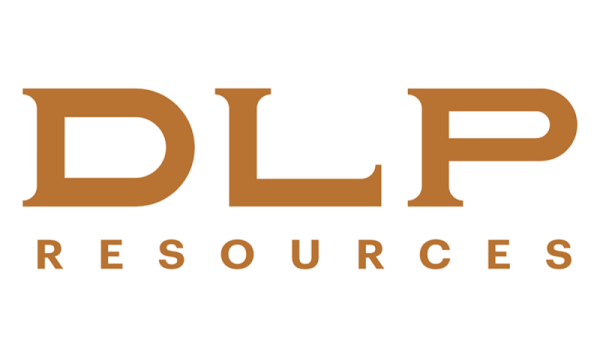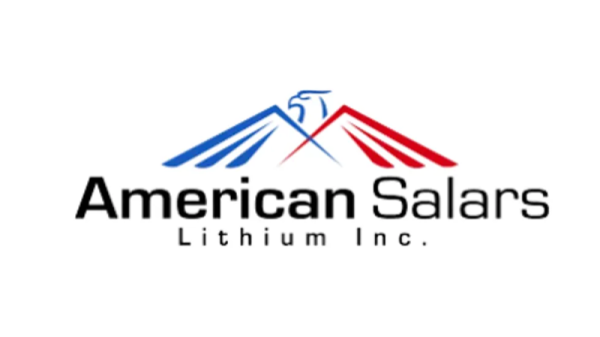Gold is considered an important part of any investment portfolio, and gold stocks can offer investors exposure to the market without needing to actually hold any physical gold. But investing in gold-focused companies requires due diligence, as well as an understanding of the factors that can bring these entities success.
Understanding gold deposit types is one place to start. Given their reputation for containing high-grade gold, most investors will have heard of Carlin-style gold deposits; however, they may not be familiar with intrusion-related gold systems. A fairly new classification, these gold deposits may be low grade, but their large tonnage makes them some of the most productive assets in the world. That means they can be highly attractive prospects for gold-focused companies.
Intrusion-related gold systems were first identified more than three decades ago, and in the time since then their defining characteristics have been debated by geologists. This has led to the acceptance of an important distinction between oxidized intrusion-related gold deposits and reduced intrusion-related gold deposits; even so, the reclassification of some deposits as intrusion-related remains controversial among experts.
What is an oxidized intrusion-related gold deposit?
Oxidized intrusion-related gold deposits are hosted in a stockwork of quartz veinlets occurring within oxidized porphyry stocks in magmatic arcs. Copper-rich skarns and high-sulfidation epithermal systems are also found near these porphyry intrusions.
“The oxidized intrusion-related gold systems are all directly associated with porphyry copper systems in one way or another, so their tectonic settings are the same,” according to Chris Ralph, mining engineer and associate editor at the ICMJ Prospecting and Mining Journal. The gold-copper ratios in intrusion-related gold deposits can vary widely.
These polymetallic deposit types are found in gold-rich zones in the Australian provinces of Victoria, Queensland and New South Wales, as well as Canada’s Abitibi Greenstone Belt, which crosses the provinces of Ontario and Quebec. Australian examples include the former Kidston and Red Dome gold mines in Queensland. Abitibi examples include IAMGOLD’s (TSX:IMG,NYSE:IAG) Côté gold-copper deposit and Agnico Eagle’s (NYSE:AEM,TSX:AEM) Macassa gold mine. Both demonstrate that these systems can host economically significant gold mineralization.
Oxidized intrusion-related gold exploration projects
What is a reduced intrusion-related gold deposit?
The terms “reduced” and “intrusion” in this deposit type’s moniker relate to the existence of “reduced granitic intrusions … characterized by large zones of parallel, sheeted, gold-bearing quartz veins and veinlets,” as per ICMJ’s Ralph.
It’s the size of this sheeted zone that determines whether or not a bulk-tonnage, low-grade gold deposit will form. Such a deposit can be mined by open-pit methods. The sheeted vein systems typically host coarse gold, which when eroded by local streams can generate placer deposits. In addition, tin and tungsten deposits may be found in the same geological setting.
The Tintina Gold Belt that covers the northern portion of the North American Cordillera is a favorable geological address for reduced intrusion-related gold deposits. Ralph points to Barrick Gold (NYSE:GOLD,TSX:ABX) and NovaGold’s (TSXV:NG,NYSEAMERICAN:NG) Donlin asset, Kinross Gold’s (TSX:K,NYSE:KGC) Fort Knox property in Alaska and the Dublin Gulch intrusion in the Yukon as prime examples. “The huge Donlin Creek deposit in Alaska was a small, moderately productive placer area until the huge hard rock deposits adjoining them were recognized,” he states.
Within Dublin Gulch, Victoria Gold’s (TSX:VGCX,OTC Pink:VITFF) Eagle mine is the Yukon’s newest gold mine. The company describes the property’s geology as a “large-tonnage reduced intrusion-related gold systems associated with Cretaceous Tombstone and Mayo suite granodiorite intrusions and structurally-controlled high-grade gold-sulfide veins.’ Northern Star Resources’ (ASX:NST,OTC Pink:NESRF) Pogo deposit in Alaska, which commenced production in 2006, is another example and is proof that this deposit type can be high grade.
Reduced intrusion-related gold exploration projects
Securities Disclosure: I, Melissa Pistilli, hold no direct investment interest in any company mentioned in this article.


































